
|
|
|
|
|

|
The F-35A Lightning II Pilot Training; Luke AFB, March 3, 2017
The 56th Fighter Wing, part 2; Text and Photograph's by Alex van Noye
Since the F-35A Lightning II has entered service at Luke Air Force Base, this airbase has become the most important training base on this type within the United States Air Force. Most American pilots who will be converted from the F-16 Fighting Falcon to the F-35 Lightning II will undergo this training at this airbase.
Luke Air Force Base is nowadays one of the most important airfields of the American Air Education and Training Command (AETC). The most important task at the moment is to train all USAF pilots on the F-16 Fighting Falcon. As of March 31, 2011, the USAF staff announced that Luke AFB would be one of the most important training locations for training on the F-35A Lightning II. This type is already in use at the USAF and will replace the entire F-16 fleet in the future. On July 16, 2013, it was announced that Luke AFB would become the home base for more than 144 F-35As. Like the F-16s, these aircraft are also recognizable by the tail code "LF". The code "LF" stands for Luke Falcons and was created in the era of the F-16 Fighting Falcon. In contrast to the F-16, the F-35s will not carry a colored tail belt which indicates the unit on which the aircraft is assigned to. Since the introduction of the F-35, there are currently three units active on Luke AFB flying with the Lightning II. The third unit is currently being converted from the F-16 to the F-35 and will be operational by the end of 2017. Luke will also become the main training airfield for the F-35A pilots for a number of important partners such as Norway, Japan and Turkey. After a difficult start with the necessary development problems, the emergence of the F-35 at the American Air Force seems to continue. The USAF now has more than 150 F-35As which are mainly based on Luke AFB and Hill AFB. There will be more F-35A airbases in the future.
The 61st Fighter Squadron (61st FS) is now the first unit which is operational on the F-35A Lightning II. The 61st FS is known as the "Top Dogs". The emblem of the unit can be recognized by the yellow badge with the image of a Bull dog dressed like a pilot with a yellow lightning bolt in his mouth. The main task of this unit is to train instructor pilots for the F-35. Besides training instructor pilots, pilots are also initially qualified for tasks within the Air Combat Command. The 61st FS was established during the Second World War as the 61st Pursuit Squadron on Savannah in Georgia. During the
|
|
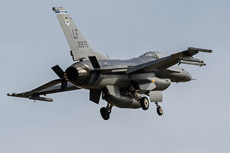
|
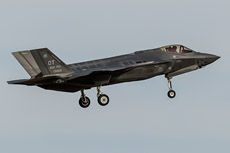
|
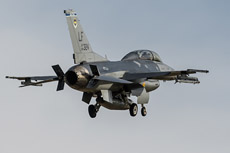
|
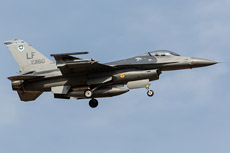
|
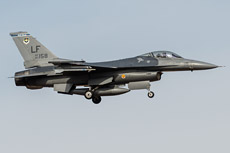
|
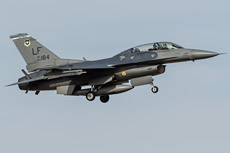
|
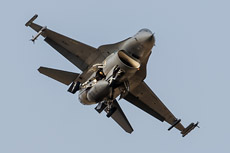
|
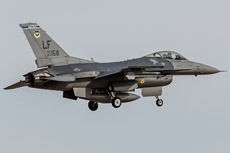
|
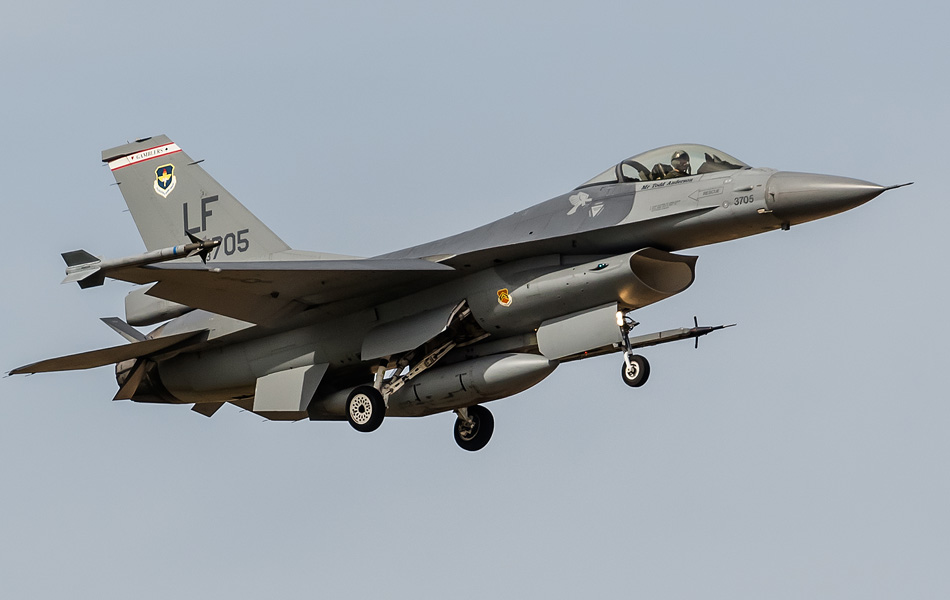
|
war, the unit was mainly used to escort the bombers who would bomb the mainland of Europe from England. During the Cold War, the unit would act as part of the 56th Tactical Fighter Wing at McDill AFB in Florida. In this period the unit was active with the F-102 Delta Dagger and later with the F-4D Phantom II. Like its two sister squadron the 62nd FS and the 63rd FS, the 61st FS was moved to Luke AFB on November 1, 1991. The 61st FS received the F-16C/D Fighting Falcon block 25. Luke AFB became the most important training airfield for the F-16 in the United States from that moment on. The F-16s of the 61st FS were at that time recognizable by the gray tail band. On August 27, 2010, the unit was dissolved in preparation for the arrival of the F-35. After a short period of discontinuation, the 61st FS became the first unit which received the F-35 Lightning II at Luke AFB on October 27, 2013.
The second F-35A Lightning II unit at Luke AFB is the 62nd Fighter Squadron (62nd FS). This unit is responsible for the advanced training on the Lockheed Martin F-35A Lightning II. The unit is known as the "Spikes" and has a Bulldog in the emblem dressed as a superhero with boxing gloves. The squadron, like many other units, was established during the Second World War. The 62nd FS was founded in Savannah in 1941 and was equipped with the Curtiss P-40 Warhawk. In Europe, the squadron was equipped with the P-47 Thunderbolt and operated as the escort of the Boeing B-17 Flying Fortresses. During the Cold War, the 62nd FS would operate as an interception unit. The unit was then equipped with the McDonnell F-101B Voodoo two-seat interceptor from 1950. In 1974, the squadron was dissolved until 1994. Only from this year, the 62nd FS got a new task with the F-16 Fighting Falcon at Luke AFB in Arizona. This time it became a training task on this type for the USAF pilots. The F-16s of the 62nd FS were identified by the white and blue tail band, with the text "Spikes". The F-16 pilots at that time underwent the standard F-16 training at this unit. Especially subjects such as standardization on the type were extensively trained in this unit. Since 2015, the 62nd FS has been flying with the F-35A. The main task of the unit is to provide the advanced training of USAF pilots on the F-35A Lightning II. After the basic training, the pilots come to the 62nd FS to learn tactical flying with this aircraft. Here too, standardization and procedures are playing an important role during the training program.
The history of the 63rd Fighter Squadron (63rd FS) starts in the Second World War. Like its sister units, the unit was used as an escort unit to guide the bombers in Europe to their targets in Germany. This unit was also equipped with the P-47 Thunderbolt during the war. After several locations, the unit was eventually used as a training unit at McDill AFB during the Cold War. From November 1, 1991, the 63rd FS was moved from McDill AFB to Luke AFB in Arizona. This relocation was part of the BRAC plan which meant the reduction of the USAF after the end of the Cold War. This unit was reactivated like its two sister squadron as a training squadron at Luke AFB. The task of the unit was to guide and facilitate the process for replacing the F-16 Fighting Falcon. The 63rd FS is known as the "Panthers" and in the emblem you can see a large black panther. In this unit, pilots were trained on the F-16, which were prepared to fly the first generation Lockheed F-22A Raptors at the USAF. After the pilots were qualified, they continued their training at Tyndall on the F-22A. In February 2008, the unit was almost deactivated, because the 63rd FS was disbanded at Luke AFB due to the BRAC 2005 plan. I would take until August 1, 2016, when the unit was reactivated as an F-35A Lightning II squadron. The unit will continue in the future as a training unit for the Turkish F-35A Lightning II pilots.
|
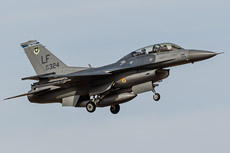
|
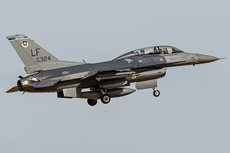
|
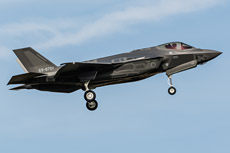
|
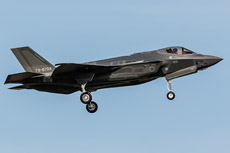
|
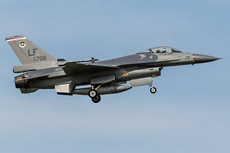
|
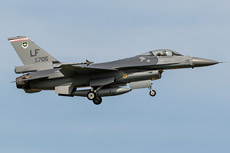
|
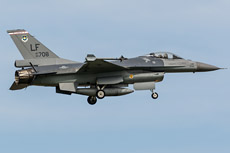
|
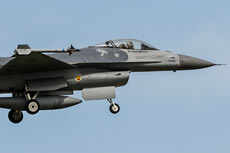
|
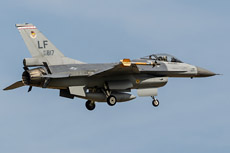
|
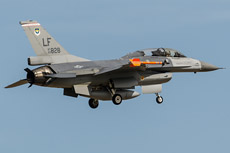
|
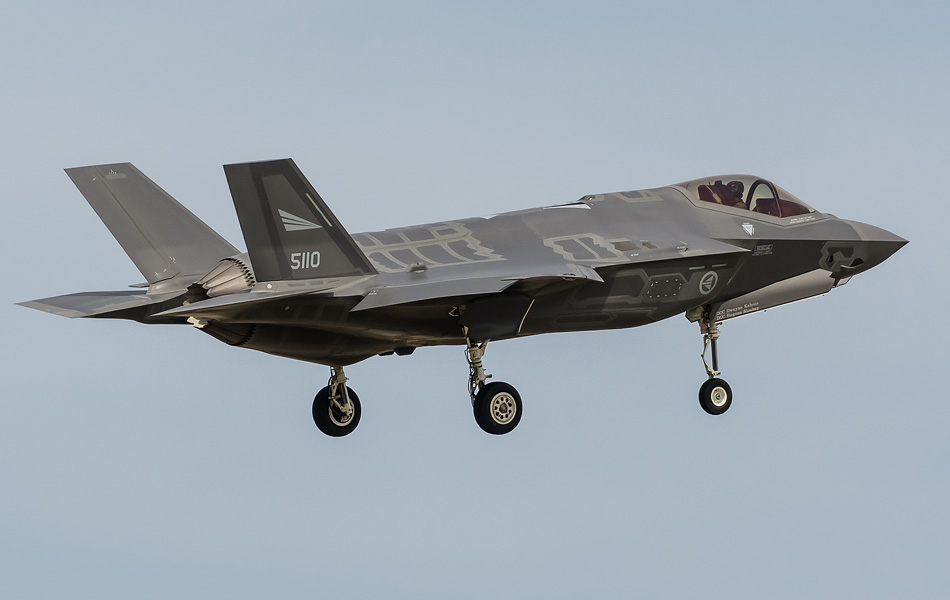
|
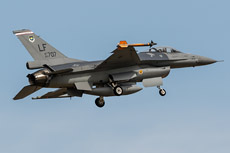
|
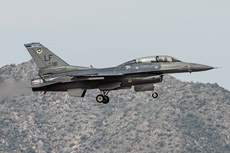
|
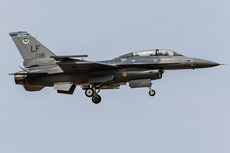
|
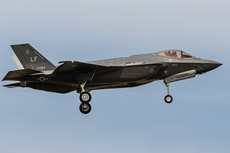
|
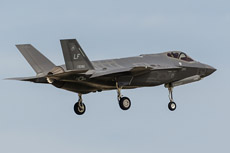
|
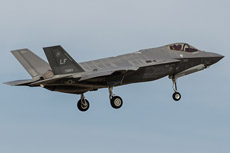
|
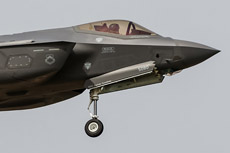
|
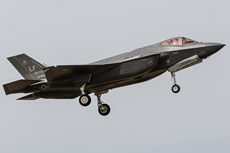
|
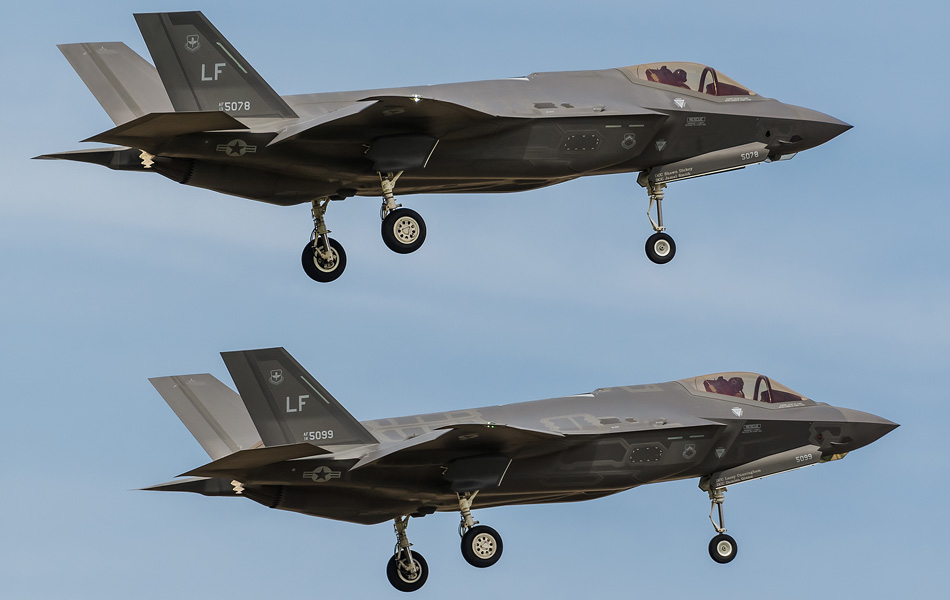
|
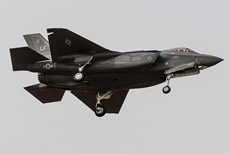
|
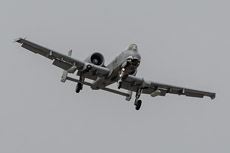
|
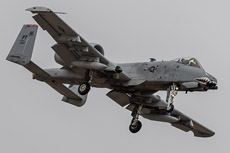
|
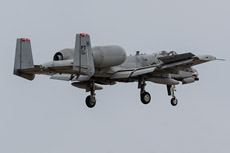
|
|
|

|







